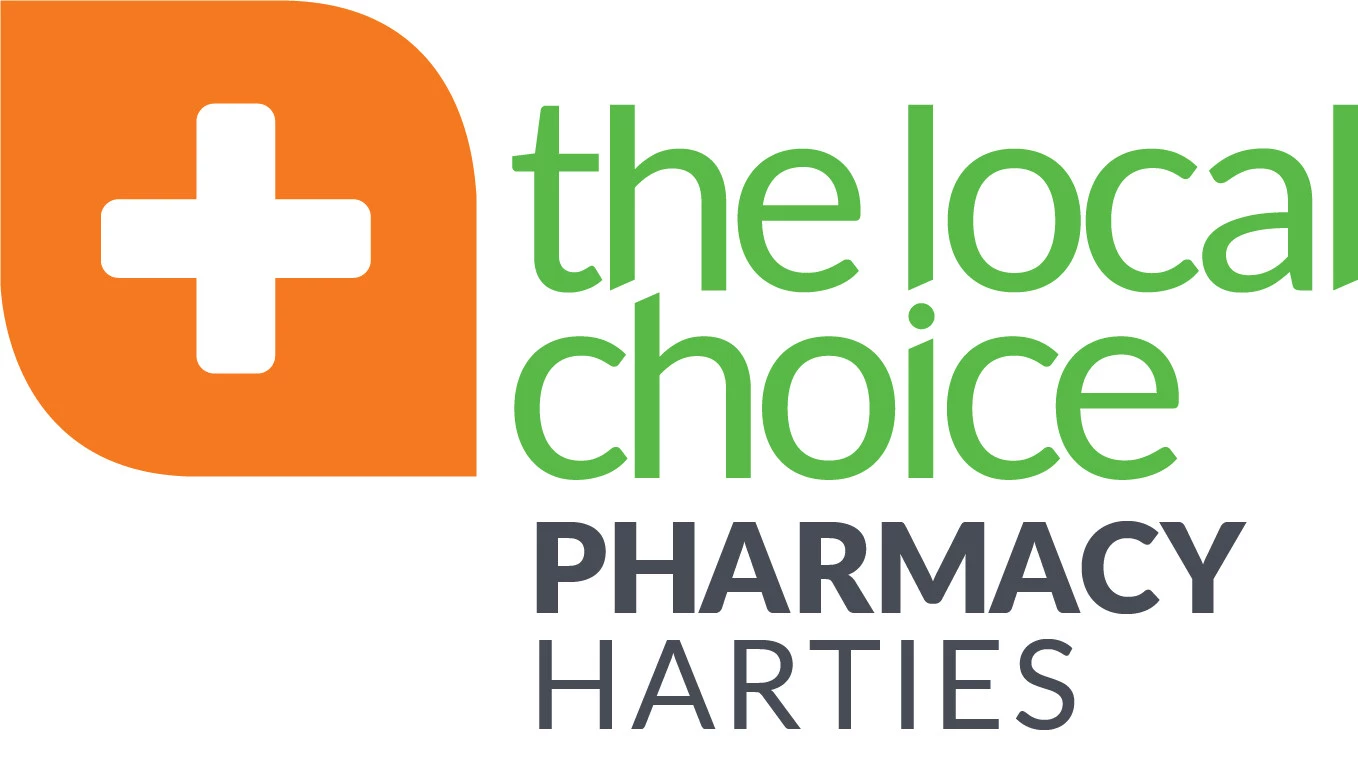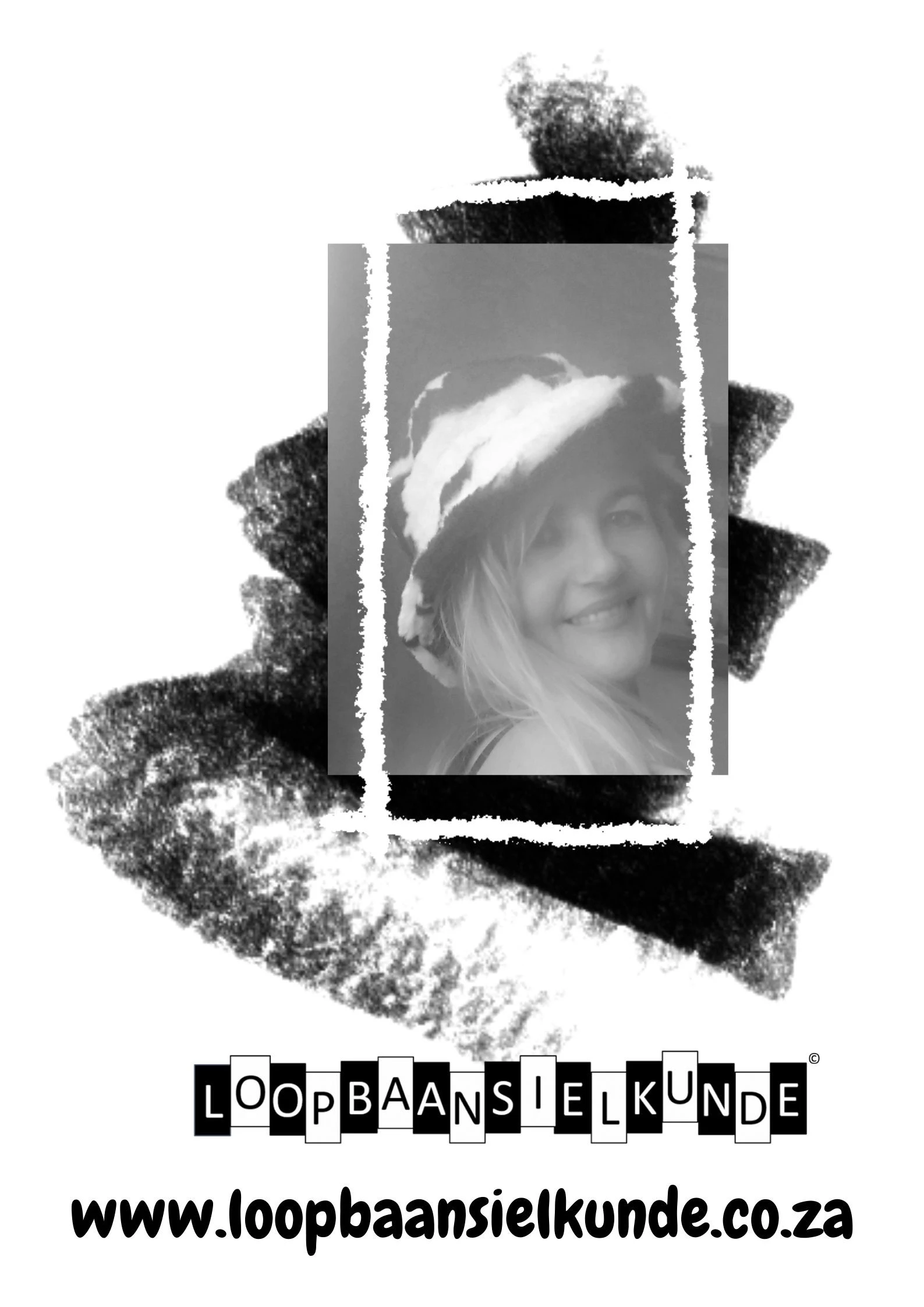- Cnr Tielmann St & Beethoven Rd, Hartbeespoort 0216, Gauteng
- 2 km from Broederstroom
Bodyworks - Broederstroom (0216)
No exact matches found within 20km.
Other businesses in and around Broederstroom (within 20km)
Kadesh Lifestyle Institute is a functional medicine based aesthetics, naturopathic and nutrition practice that focuses on a holistic approach to health. This methodology aims to restore harmony within the body, mind and spirit, prevent, delay or reverse diseases. Areas Of Special Interest : Women's health Reproductive health Skincare Weight management Gut health Mental health/Mood disorders Lifestyle related chronic diseases Functional Medicine Lab Tests: DNA/Nutrigenomics... Read more
I am a registered dietitian. I qualified in 2008 with a B. Dietetics degree from the University of Pretoria. My approach to dietetics is to communicate the science of nutrition in a practical and “user friendly” manner to guide and inspire people to incorporate healthier food choices into their daily lives. I have a special interest in weight loss, diabetes mellitus and irritable bowel syndrome. Other interests include cardiovascular diseases, sports nutrition, maternal nutrition and infant/child... Read more
Health is more than the absence of disease. At Hoogland we don't just work against disease but we work towards superior health. See the website of Hoogland Health Hydro Nestled in a 1000 acres of unspoilt midveld natural spendour dedicated to this facility, yet close to the major centra of Pretoria and the Witwatersrand, is this unique resort that celebrates 40 years of service in 2017. We have seen thousands of patients regain their health and vigour. Plus, in over 1200 "patient-years"... Read more
A BASI affiliated Pilates studio situated in Hartbeespoortdam. We offer professional Pilates mat classes as well as bootybarre and bbarreless classes. Pilates classes are also available in Brits on specific days. Read more
*Scientific based exercise prescription * Managing chronic pain with exercises and stretches * Rehabilitation for Neurological conditions * Strokes, Diabetes, Heart Disease, High Risk patients * Cancer patients - Adding quality of life and optimal recovery * Treatment of sport injuries * Power Plate sessions * Discovery -Vitality Fitness Assessments * Fedhealth -Weightloss Program (to qualify your BMI has to be over 30) * Bestmed - Tempo program * Wattbike... Read more
Career Counselling services for adults and children. Ages 0-100+. We are not all raised by enlightened parents. Psychological career testing and feedback to turn a job into a career, a career into a vocation or passion - Never "work" a day in your life again - in person and online. Loopbaan berading en inspirasie is gebaseer op Christelike beginsels vir alle ouderdomme 0 - 100+. Sielkundige toetsing en terugvoering. Aanlyn of in persoon. Volg jou roeping en wees vry! Ook beskikbaar: entrepeneur... Read more













